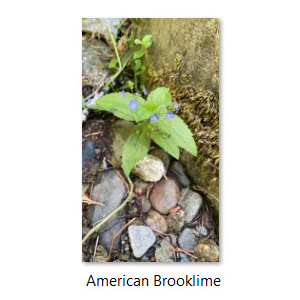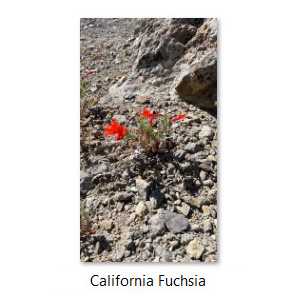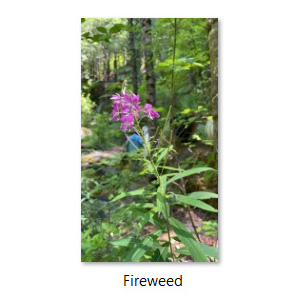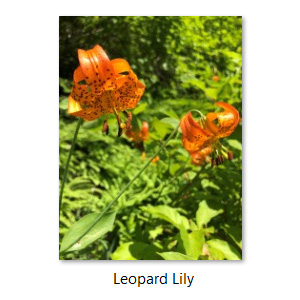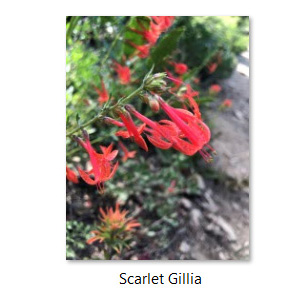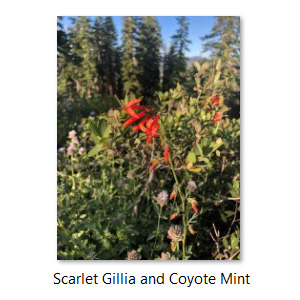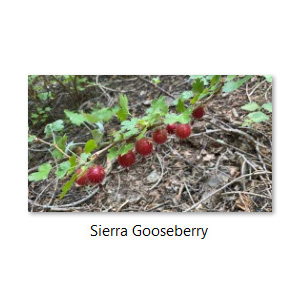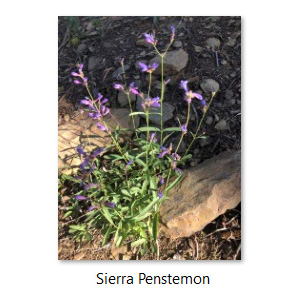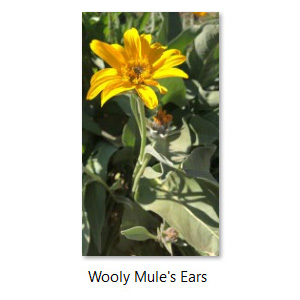Discover the Wildflowers of Downieville
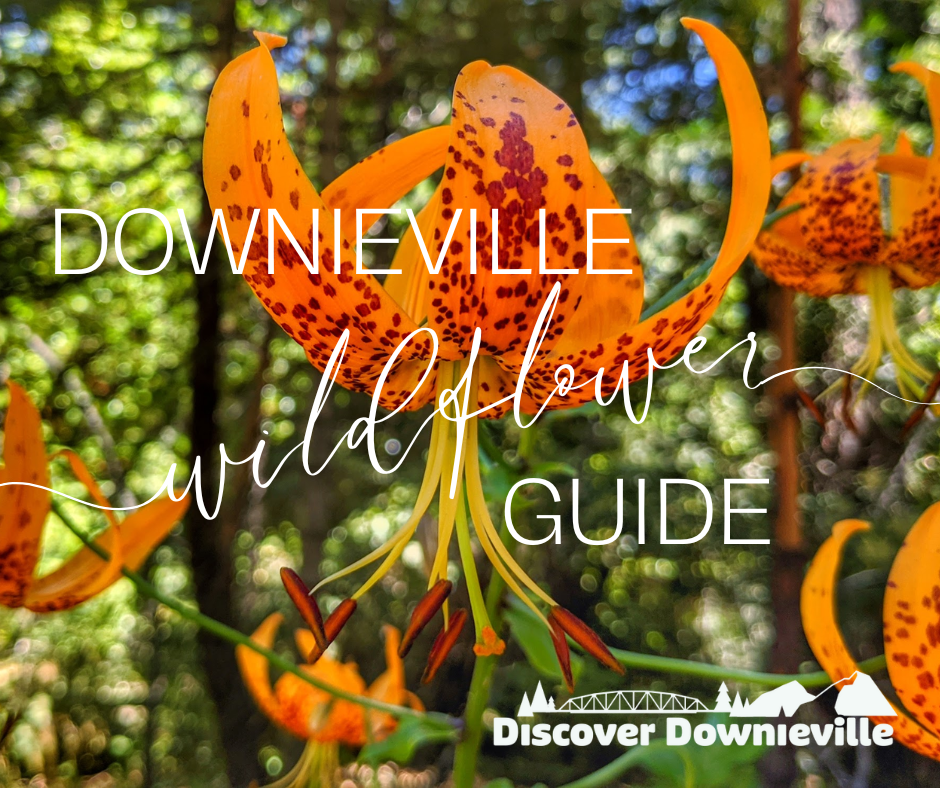
Discover the Wildflowers of Downieville: A Guide to Blooming Trails and Legends
Downieville, CA is a hidden gem located in the heart of the Sierra Nevada Mountains in Sierra County, California, and a haven for wildflower enthusiasts. From May through August, the area is filled with a variety of colorful blooms, attracting pollinators and nature enthusiasts alike. The Laws Field Guide to the Sierra Nevada is an excellent reference for identifying the many species of wildflowers found in the region, and encourage visitors to carry this guide during their adventures. Here is a guide to help you plan your visit to Downieville and discover the wildflowers of this beautiful region.
The best time to view wildflowers in Downieville is from May to September, when the mountains and meadows are filled with blooms. However, the peak of the wildflower season varies depending on weather conditions, so check local forecasts. Downieville is home to a variety of wildflowers, as well as flowering trees and bushes, including lupines, larkspur, leopard lilies, dogwood, coyote mint, and California poppies. These flowers are pollinated by various insects such as bees, butterflies, and hummingbirds.
What to Bring: When planning your visit, be sure to bring sunscreen, plenty of water, sturdy hiking shoes, a hat, and a camera to capture the beauty of the wildflowers. Don’t forget to bring binoculars to get a closer look at the pollinators.
Where to Stay: Downieville, CA offers a range of lodging and camping options for visitors looking to experience the natural beauty of the area. From cozy bed and breakfasts to rustic camping sites, there is something for every type of traveler.
One of the most popular lodging options in Downieville is the Carriage House Inn and Lofts. This charming inn is in the heart of historic Downieville and offers eight beautifully decorated guest rooms, and three loft apartments. The Carriage House Inn and Lofts is a great choice for those looking for a comfortable and convenient place to stay while exploring the wildflowers and other natural beauty of the area.
Another excellent lodging option in Downieville is Riverside Mountain Lodge, which is located on the banks of the North Yuba River. The lodge offers comfortable and spacious rooms, each with a private balcony overlooking the river. Guests can also enjoy access to a communal hot tub, BBQ area, and fire pit. The Riverside Mountain Lodge is a great choice for those looking for a relaxing and scenic getaway.
Downieville River Inn & Resort offers affordable rooms and warm hospitality. Guests can relax on the outdoor patio or take a dip in the outdoor pool while enjoying the views.
For those who prefer camping, there are several options in and around Downieville. The Tahoe National Forest offers several camping sites with access to the North Yuba River, as well as hiking and biking trails. The Indian Valley Campground is another popular option, offering scenic views and easy access to nearby lakes and rivers. To see all the camping and lodging options click here.
Wildflower Viewing Etiquette: When viewing wildflowers, it’s important to follow a few simple rules to ensure the preservation of the natural environment. These include staying on designated trails, not picking or disturbing the flowers, and packing out all trash.
Types of Flowers: Some of the most common wildflowers found in the Downieville area include lupine, monkeyflower, paintbrush, fireweed, phlox, and various types of lilies. Dogwood trees also bloom in the area and are a beautiful sight to behold. There are many unique wildflowers that can be found in the Downieville, CA area, but here are three that stand out:
- Sierra Iris (Iris hartwegii) – This is a stunning iris species that is native to the Sierra Nevada mountain range. It has purple-blue flowers and can be found in meadows and along streams in the Downieville area.
- Mountain Pride (Penstemon newberryi) – This is a beautiful perennial wildflower that has showy purple-blue flowers and can be found in rocky areas and along slopes in the Downieville area. It is also known for attracting pollinators like bees and hummingbirds.
- Sierra gooseberry (Ribes roezlii) – This wildflower has pink to red flowers and can be found at elevations ranging from 1000 to 8000 feet. It is found in the Northwestern Slope of the Sierra Nevada Mountains and is one of the few edible fruits native to Downieville area.
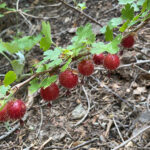
Pollinators: Many different pollinators can be found in the area, including bees, butterflies, hummingbirds, and bats. These pollinators play an essential role in maintaining the ecosystem and ensuring the continuation of these beautiful flowers. Hummingbirds are particularly important because they can reach the nectar in flowers with long corollas, which other pollinators cannot.
In addition to the usual suspects, there are many unique pollinators found in Downieville and the surrounding areas of the Sierra Nevada Mountains. Here are a few examples:
- The Sierra Nevada bumblebee (Bombus insularis) is a rare and important pollinator found in the high elevations of the Sierra Nevada Mountains, including around Downieville. This bee is an important pollinator of native plants and crops, and is considered a key indicator of the health of high-elevation ecosystems.
- The Western glacier stonefly (Zapada glacier) is an aquatic insect that is found in the cold, clear streams, and rivers of the Sierra Nevada Mountains, including in the Yuba River and Downie River and their tributaries that run thought the Downieville area. Stoneflies are important pollinators of riparian plants and are also an important food source for fish and other aquatic animals.
- The hummingbird clearwing moth (Hemaris thysbe) is a unique and beautiful pollinator that is found throughout much of North America, including in the Sierra Nevada Mountains around Downieville. This moth looks and behaves like a hummingbird, hovering in front of flowers while it feeds on nectar with its long proboscis.
- The western tiger swallowtail butterfly (Papilio rutulus) is a large and striking butterfly that is found throughout the western United States, including in the Sierra Nevada Mountains around Downieville. This butterfly is an important pollinator of a wide variety of flowering plants and is often seen in sunny meadows and along streams and rivers of Downieville.
Trails and Types of Flowers:
The following trails are great for wildflower viewing:
- 1.Fiddle Creek Trail: This trail is known for its beautiful displays of lupine, paintbrush, monkeyflower, pink currant, and mahala mat (ceanothus prostratus).
- Round Lake Trailhead: Numerous trails which begin at this trailhead will take you through lush meadows filled with scarlet gilia, prettyface (triteleia ixiodes), grape hyacinth, mule’s ears and gooseberry.
- Sierra Buttes Lookout Trail: This trail is an excellent choice for wildflower enthusiasts, as you can view lupines, larkspur, California fuchsia, mule’s ears, and various types of penstemon.
- Lavezzola Creek Trail: Another popular trail where visitors can see a variety of wildflowers, including California poppies, lupines, and leopard lilies, as well as gooseberry, dogwood and bitter cherry.
Fun Facts!
Dogwood Legends and Symbolism: Dogwood trees bloom in the area, and they are steeped in legend and symbolism. According to legend, the dogwood tree was used to make the cross upon which Jesus was crucified. Because of its association with the cross, the dogwood is said to symbolize sacrifice and redemption.
Three Types of Sierra Lilies and Their Symbolism: There are many different types of lilies found in the Sierra Nevada, but three of the most common include the leopard lily, alpine lily, and the Washington lily. The Alpine Lily is often associated with purity, innocence, and renewal, and is sometimes used in religious and spiritual contexts as a symbol of the Virgin Mary or the Resurrection, while the leopard lily represents courage and strength. The Washington Lily is named after Martha Washington and not the state of Washington; in fact, it does not naturally occur in the state of Washington.
In conclusion, visiting Downieville, CA during wildflower season is an experience that should not be missed. The best time to see the wildflowers is typically from mid-June through early August, but exact timing can vary from year to year depending on weather conditions. While exploring the beautiful landscapes, visitors should also take the opportunity to support the local economy by checking out the many shops and businesses in downtown Downieville. Some great options include the Cold Rush Cafe, Yuba Gallery, Downieville Day Spa, and La Cocina de Oro.
For those looking for a longer stay, camping and hotel options are available, such as Carriage House Inn, Riverside Mountain Lodge, and the Downieville River Inn & Resort. You can see all the lodging options here. In addition to admiring the wildflowers, visitors can also enjoy outdoor activities such as hiking, fishing, and swimming in the nearby lakes and rivers. For a complete list of things to do in Downieville you can visit the things to do page here.
If you’re interested in learning more about the local flora and fauna, be sure to stop by Empire Creek Provisions, which sells the John Muir Laws Sierra Field Guide. And if you happen to capture any great photos of the wildflowers during your trip, consider submitting them to the annual wildlife calendar photography contest hosted by the Sierra County Visitors Bureau.
So pack your bags, grab your camera, and get ready to experience the stunning wildflowers of Downieville, CA!

